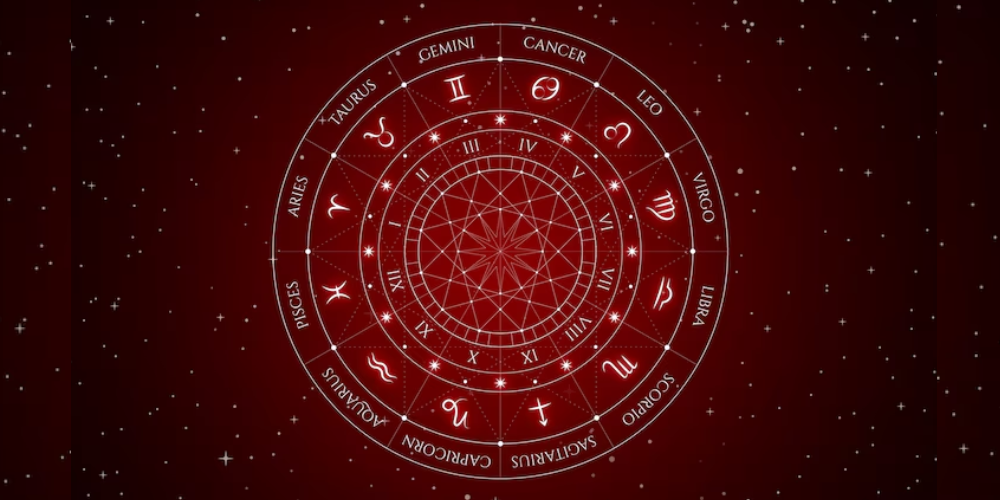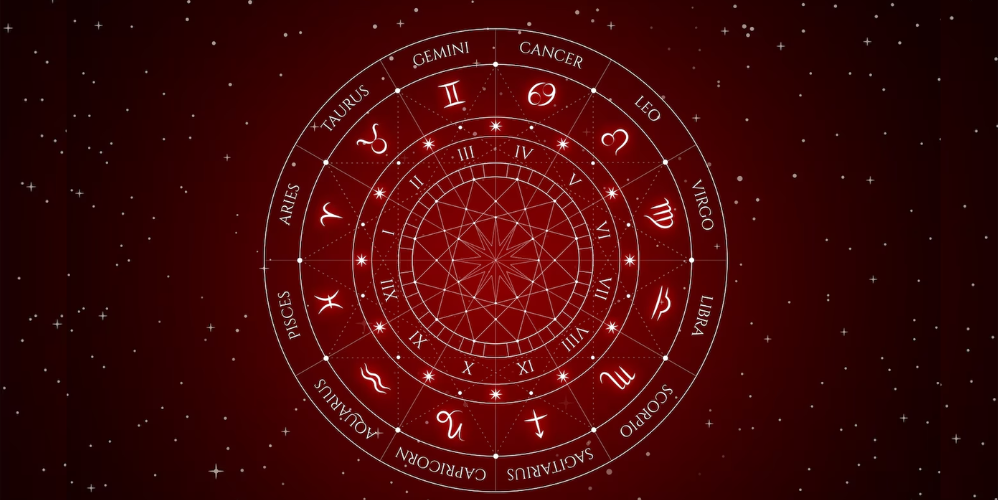A massive star recently exploded in a way that has astronomers questioning how supernovae release their energy. This event, designated as SN 2024bch, occurred approximately 65 million light-years away from Earth and was first observed in February 2024. It is a Type II supernova, which occurs when a star’s iron core collapses after nuclear fusion stops. Shockwaves then rip through the star’s outer layers, ejecting them into space. Normally, the energy from these explosions comes from the star’s ejected material slamming into the dense gas surrounding it, called the circumstellar medium. This collision creates narrow emission lines in the light spectrum. SN 2024bch, however, appears unusual. A Supernova That Breaks the Rules Astronomers describe SN 2024bch...
Water is fundamental to life, but its journey to Earth has long puzzled scientists. Observing ice around infant stars could provide crucial clues about where our planet’s water came from. Recent studies using the James Webb Space Telescope (JWST) are revealing how the water in star-forming regions might resemble the water on Earth, helping scientists understand how planets can become habitable. The Role of Semi-Heavy Water One key to uncovering the origins of Earth’s water lies in semi-heavy water, or HDO. In this molecule, one hydrogen atom is replaced by deuterium, a heavier version of hydrogen containing a neutron. Water with a higher HDO-to-H2O ratio typically forms in extremely cold environments, like the dense clouds of...
Stars are the engines of the universe, shaping galaxies, creating heavy elements, and dazzling the night sky. Yet, some stars stand out for their sheer size—so large that they could swallow entire planetary systems. These cosmic giants spark curiosity: how do stars grow so enormous, and why do they not all reach such extremes? The answer lies in the physics of stellar life cycles, where mass, fusion, and radiation determine their fate. The Largest Stars Known One of the most famous contenders for the title of the biggest star is VY Canis Majoris, a red hypergiant about 6,000 light-years away. Its size is staggering—more than 1,500 times the diameter of the sun. Placed in our solar...
At the heart of the Milky Way, where stars orbit dangerously close to a supermassive black hole, some of them may be living on borrowed time—or not aging at all. New research explores an extraordinary idea: certain stars near the galactic center might be powered not by fusion alone, but by the energy released from collisions between dark matter particles and their antimatter counterparts. This concept doesn’t just challenge conventional models—it reshapes what we understand about stellar evolution. What Shapes a Star's Life? The foundation of a star’s life lies in its mass. Mass determines how quickly a star burns hydrogen, when it moves on to heavier elements, and how it ultimately fades. The "main sequence"...
Life rarely stays in a straight line, and this week, two zodiac signs are about to feel that truth more than ever. Aries and Pisces are entering a stretch filled with surprise shifts, fresh opportunities, and internal tests. Whether it’s a career jolt or a subtle nudge toward personal growth, both signs could experience moments that disrupt their routines—but in a way that ultimately leads to growth. When astrology signals change, it’s not always chaos—it can also be a call to reframe and realign. And this week, Aries and Pisces are in the cosmic spotlight. Unexpected Momentum for Aries For Aries, this week isn’t just about fast moves or bold leaps—it’s about measured courage. While a...
Gemini brings a unique kind of energy to the zodiac. With birthdays spanning from May 21 to June 21, this air sign is ruled by Mercury—the planet known for swift communication and intellect. Represented by twins Castor and Pollux, Gemini naturally embodies duality. They move effortlessly between perspectives, balancing logic and creativity in a way that keeps everyone guessing. Always seeking something new, Gemini rarely stays in one place for long. Whether switching topics mid-sentence or moving between friend groups, their energy keeps things dynamic. It’s this vibrant, curious nature that often earns Gemini a reputation as the most social sign in the zodiac. The Mind Behind the Wit Gemini operates with remarkable mental speed. Conversations...
Full Moon Names Explained: What Each 2024 Full Moon Signifies
The full moon names assigned to each month date back to Native American and early European traditions. Each name carries symbolic significance, often tied to seasonal changes, animal behavior, or cultural lore. Understanding these names reveals unique insights into the natural world and how ancient communities tracked time and anticipated seasonal shifts. Below, discover what each full moon represents in 2024.
January – The Wolf Moon
The year begins with the Wolf Moon, named after the howls echoing from wolf packs during the coldest month. For Native American tribes, wolves’ calls symbolized the deep winter, evoking resilience and survival amid frigid conditions. Other tribes called it the Cold Moon, Center Moon, or Old Moon, reflecting the harsh winter season’s challenges and the start of a new year.
February – The Snow Moon
February’s full moon is the Snow Moon, which is named after the heavy snowfall typical during this month. Hunting became difficult under such conditions, earning this moon alternative names like the Hunger Moon or Full Hunger Moon. Many tribes associated this month with scarce resources, marking a period of endurance. It was also known as the Bear Moon or Bald Eagle Moon, celebrating animals adapted to these challenging winter conditions.

Credit: Star Walk | February’s full moon is the Snow Moon, named after the heavy snowfall that occurs during this month.
March – The Worm Moon
As the ground begins to thaw in March, the Worm Moon signals the return of earthworms, symbolizing rebirth and the onset of spring. Earthworms appear in the softening soil, attracting robins back to the land. Northern tribes referred to this full moon as the Crow Moon, marking the end of winter, or the Crust Moon, highlighting the snow’s frozen, crusty surface as days warm and nights chill.
April – The Pink Moon
April’s Pink Moon celebrates the first blooms of spring, specifically the wild ground phlox. This moon heralds the flowering season, when grass and wildflowers sprout, symbolizing growth and renewal. Other names include the Sprouting Grass Moon and the Fish Moon, representing the spawning season for river fish. As the first full moon of spring, it also serves as the Paschal Moon, linking to Easter traditions in some cultures.
May – The Flower Moon
May’s Flower Moon speaks to the abundance of blossoms as spring reaches full bloom. This moon embodies vibrancy, renewal, and life flourishing everywhere. Known also as the Milk Moon and Corn Planting Moon, it celebrates agricultural cycles and natural beauty. For many Native American tribes, this moon heralded the beginning of planting season, aligning with the agricultural rhythms of the time.
June – The Strawberry Moon
June’s Strawberry Moon signals the peak strawberry harvest. This moon’s name comes from the Algonquin tribes, who noted the abundance of ripening strawberries at this time. Other names include the Green Corn Moon and the Birth Moon, reflecting early summer’s promise. For many, this moon is a reminder of nature’s bounty and the fruits of patient growth.
July – The Buck Moon
July’s Buck Moon marks the growth of new antlers on young deer bucks, symbolizing vitality and development. Many tribes saw this moon as a reminder of nature’s cycles of renewal. This month, called the Thunder Moon due to frequent summer storms, reflected the intensity of mid-summer. Some called it the Hay Moon, aligning with the season’s agricultural rhythms and the hay harvest.
August – The Sturgeon Moon
The August Sturgeon Moon signifies the season when these large fish are most easily caught in lakes and rivers. The name originates from the fishing practices of tribes around the Great Lakes. Other tribes called it the Red Moon due to the haze coloring the moon during this hot month. This moon represents nature’s abundance, particularly in areas rich with rivers and lakes.

@nomercy.visuals | Instagram | The August Sturgeon Moon signifies the season when these large fish are most easily caught in lakes and rivers.
September – The Harvest Moon
September’s Harvest Moon is one of the most celebrated, as it marks the full moon closest to the autumn equinox. This moon allowed farmers to continue their harvest late into the night. Its consistent early rising provides additional light, supporting the busy season. Traditionally, this moon supported gathering crops like pumpkins, squash, and wild rice, reinforcing its significance in agricultural communities.
October – The Hunter’s Moon
Following the harvest season, the October Hunter’s Moon signaled the time for hunting. Hunters could better spot deer and other animals with fields clear of crops. This moon represents preparation and abundance as communities would gather food for the winter ahead. Clear, cool October nights and the Hunter’s Moon marked the close of the harvest season and the arrival of autumn’s chill.
November – The Beaver Moon
November’s Beaver Moon reflects a time when beavers prepare for winter, building sturdy lodges and gathering food. Many tribes used this moon as a signal to set beaver traps, ensuring a supply of warm furs for winter. Other names include the Frost Moon, celebrating the first frost, and the Freezing Moon, acknowledging the season’s frigid temperatures.
December – The Cold Moon
The December Cold Moon captures the depth of winter’s chill and the year’s longest nights. Some call it the Long Night Moon, reflecting the season’s extended darkness and colder days. The Cold Moon symbolizes the year’s end, a period for reflection and preparation for the year to come, as nature hunkers down for winter.













